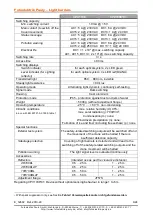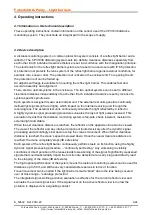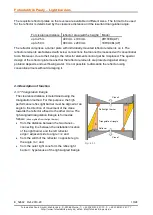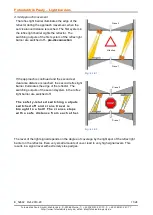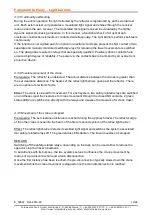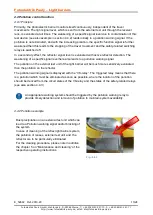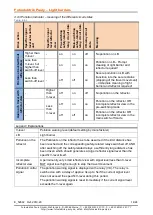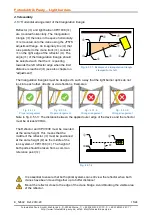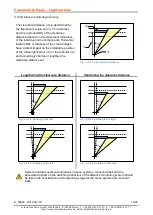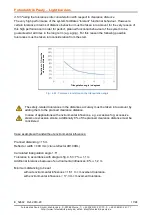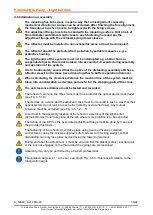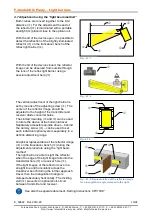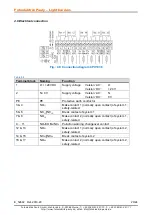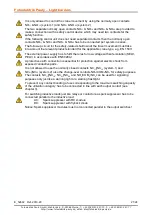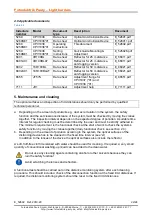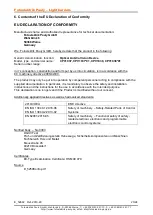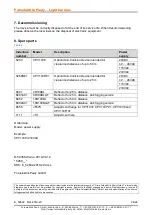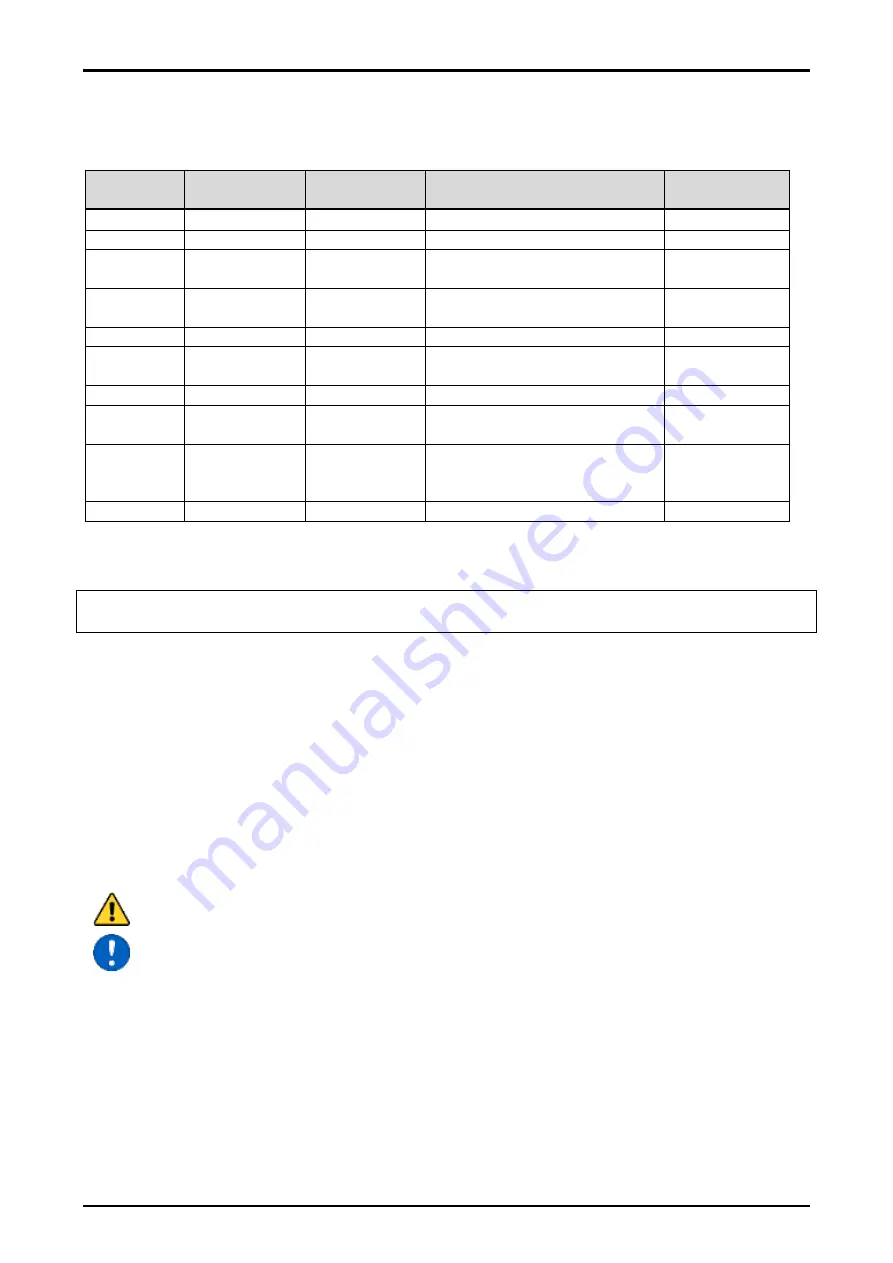
Fotoelektrik Pauly – Light barriers
E_52692 Ref. 2019-29
22/24
Fotoelektrik Pauly GmbH, Wahrbrink 6, D-59368 Werne, T: +49 2389/402 27-70, F: +49 2389/402 27-77
http://www.fotoelektrik-pauly.de, eMail: [email protected]
4.9 Applicable documents
Table 4.9
Indenture
number
Model
Document
type
Description
Document
5269
CPV1038
Data sheet
Optical Anti-Collision Device
E_52691.pdf
5269M01
CPV1038*01
Data sheet
Optical Anti-Collision Device
E_526911.pdf
5269
5259M01
CPV1038
CPV1038*01
Operating
instructions
This document
E_52692.pdf
5269
5269M01
CPV1038
CPV1038*01
Setting
instructions
Quick Guide Mounting &
Adjustment
E_526928.pdf
6801
4R100BL
Data sheet
Reflector for 25 m distance
E_68011.pdf
6801A01
4R100BLAF
Data sheet
Reflector for 25 m distance,
anti-fogging version
E_68011.pdf
6802
18R100BL
Data sheet
Reflector for 50 m distance
E_68021.pdf
6802A01
18R100BLAF
Data sheet
Reflector for 50 m distance,
anti-fogging version
E_68021.pdf
8655
JF57S
Data sheet
Adjustment flange for
CPV1037 (*01) and
CPV1038 (*01)
E_86551.pdf
7111
JH1
Data sheet
Adjustment help
E_71111.pdf
5. Maintenance and cleaning
The optical surfaces and inspection of limit distances should only be performed by qualified
technical personnel.
a. Depending on the amount of pollutants e.g. dust accumulation in the system, the safety
function and the set clearance distance of the system must be checked by moving the cranes
together. The inspection interval depends on the expected degree of pollution. A suitable time
interval for regular checking must be determined by the user and must be strictly adhered to.
The minimum requirement is the functional check at the start of work to check the system’s
safety function by moving the cranes together (daily functional check, see section 2.4).
b. Depending on the amount of pollution occurring in the system, the optical surfaces of the
distancing device has to
be cleaned in the fixed time interval (see “a”)
In addition to the lenses of the device the optical surfaces also include the reflector
A soft, fluff-free cloth moistened with water should be used for cleaning. If required, a very small
quantity of conventional washing-up liquid can be added to the clean water.
Do not use any cleaning agents containing alcohol or other solvents because they can
ruin the safety function!
Avoid scratching the lenses and reflectors.
A functional test should be carried out on the distance monitoring system after each cleaning
procedure. This should include a check of the disconnection function at the fixed limit distances. If
required, the distance monitoring system should be reset to the fixed limit distances.

